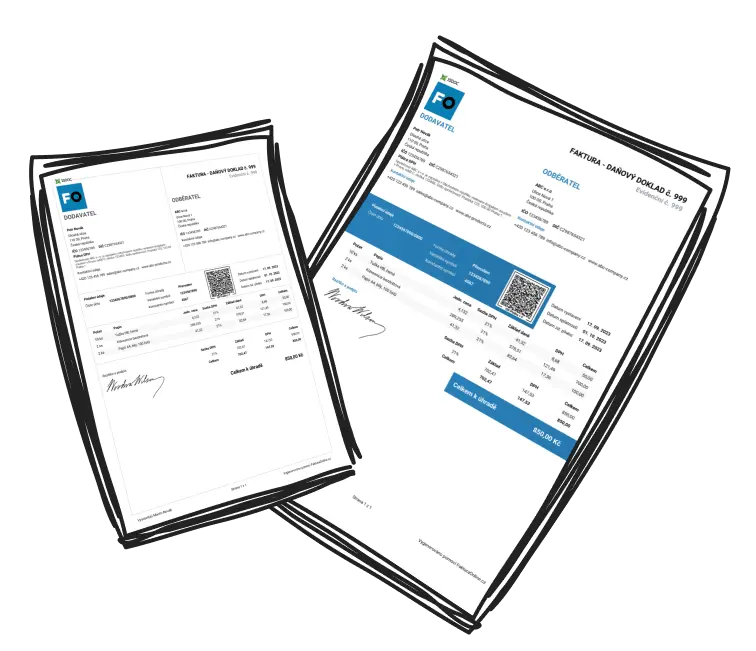An invoice may seem routine—but small mistakes or missing details are among the most common reasons why a client delays payment or why you may face issues with HM Revenue & Customs. This guide outlines what a UK-compliant invoice must contain for VAT and non-VAT cases.
What is an invoice and why it matters
An invoice is an official accounting document confirming that you have supplied goods or services. It acts as proof of income and expenditure and is therefore essential for your business records.
While it’s often confused with a tax document, in the UK only VAT-registered businesses issue VAT invoices. Non-VAT businesses issue standard invoices without VAT details.
What must a VAT invoice include
If your business is VAT-registered, you are legally required to issue a VAT invoice for every taxable supply. A correctly structured invoice helps you stay compliant and avoid penalties.
A VAT invoice must include:
A unique invoice number (must follow a sequential order)
Your business name and address (or company’s registered name and address)
The customer’s name and address
Your VAT registration number
Invoice date and, if different, date of supply (tax point)
Description of goods or services, quantity, and unit price
Net amount, VAT rate, VAT amount, and total payable
Payment terms and account details
Optional: reference to reverse charge, margin scheme, or discounts if applicable
Keep your invoice numbering consistent. Missing or duplicated invoice numbers can cause problems during audits or VAT inspections. Always store your invoices systematically for at least six years as required by HM RC.
What must a non-VAT invoice include
If you are not VAT-registered, your invoice is simpler — but still must be complete and accurate.
A non-VAT invoice must include:
Your name or business name and full address
Customer’s name and address
Unique invoice number
Invoice date and, if applicable, date of supply
Description of goods or services, quantity, and price
Total amount payable
Recommended: payment method and due date
Add a note such as “Not VAT-registered” to avoid confusion

Do not include any VAT details (like VAT rate or amount) if you are not VAT-registered. Doing so may mislead clients and can be seen as a breach of HM RC invoicing rules.
Why correct invoicing matters
A well-prepared invoice speeds up payments, reduces misunderstandings, and supports your professional image. It also ensures your records are ready for accounting, tax returns, and potential HM RC reviews.
Common mistakes include:
Missing VAT numbers or incorrect rates
Unclear description of goods/services
Duplicate or missing invoice numbers
Forgetting supply date or payment terms

Use online invoicing tools like MyInvoiceOnline.co.uk. They automatically fill in your business details, apply correct numbering, calculate VAT, and generate professional-looking invoices compliant with HM RC rules — saving you time and ensuring accuracy.
Final checklist
Before sending any invoice, make sure it includes:
Sequential invoice number
Business and client details
Invoice and supply dates
Description, quantity, and pricing
VAT breakdown (if applicable)
Payment terms and bank details
Note about VAT status (if not registered)
Stored safely for at least six years


Learn more about how digital tools are transforming small business finance in our article The Rise of Online Invoicing and Its Benefits.


